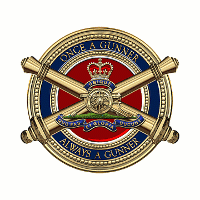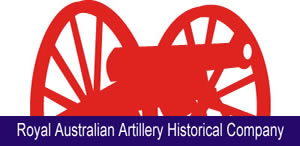It was February, 1917 at a place Army records as “Stormy Trench, North-east of Gueudecourt, France.” A war was going on. The worst war ever. And there - so very much there - was a 32-year-old Australian, an AIF captain - who really shouldn’t have been there at all. He should have been in hospital. The Medical Officer said so - on February 3. But the AIF captain wouldn’t hear of it.
“I’m not going,” he said. “Not going?” said the Medical Officer. “You’ll get pneumonia if you don’t. I’m not certain you haven’t got it already!” Pneumonia or not, I’m not going to hospital,” said the captain. “I’m going to take Stormy Trench tomorrow.” “Don’t be silly. You’re not fit. All you’re going to take is a pill.”
“I tell you,” said the officer, I’m going to take Stormy Trench tomorrow; and what’s more, I’m going to keep it. Bravado.....? Big talk......? Numbskulled recklessness.....?
Not this Time. In a smaller man, any of those things might have been true. But Captain Harry Murray was anything but a small man. In a violent period that produced many heroes he emerged as the giant of them all - the most highly decorated soldier in Australia’s fighting history!
In 1915 he landed at Gallipoli as Pte H.W.Murray, 16 Bn. AIF. When shooting ended in Europe in 1918, after years of devotion to duty in the face of appalling risk, he was Lieutenant-Colonel Murray VC, CMG, DSO and Bar, DCM, and Croix de Guerre.
In January this year, Harry Murray died aged 81.
With respect, it can be said in effect that he died with his boots on - a sudden, violent death on a Queensland road far from the battlefields where he so often gambled with death and won, though the odds were so heavily stacked against him.
Take the action that won Murray his VC.
On February 4, 1917, he took 140 men into the attack to take Stormy Trench. When occupying that position, he was relieved at 8 o’clock on the night of February 5; he led only 48 men out again! In the hours between he had fought like a fiend. He was everywhere - encouraging his men, spurring on, setting an example of fighting leadership impossible to describe in detail.
He headed bombing parties, he led bayonet charges, and he rescued wounded men and carried them to safety. He crawled across the frozen waste of No-man’s Land on fantastically perilous reconnaissance missions.
Once, on that fearful night of February 4, his company gave ground in the face of enemy fire power causing terrible casualties. They could have retired with honor, but in the words of the citation to Captain Murray VC:
“ This gallant officer rallied his command and saved the situation by sheer valour......”
It is sadly true that Australia as a whole knew too little of Lieutenant Colonel Murray. Others, while richly deserving the fame that came to them as a result of spectacular deeds, fell short in terms of personal achievement when compared with the incredible Murray - the man who received more fighting decorations than any other infantry soldier in the British Army in the Great War! - the man immortalised by C.E.W.Bean, Australia’s official war historian, as “the most distinguished fighting officer in the AIF.....” |






